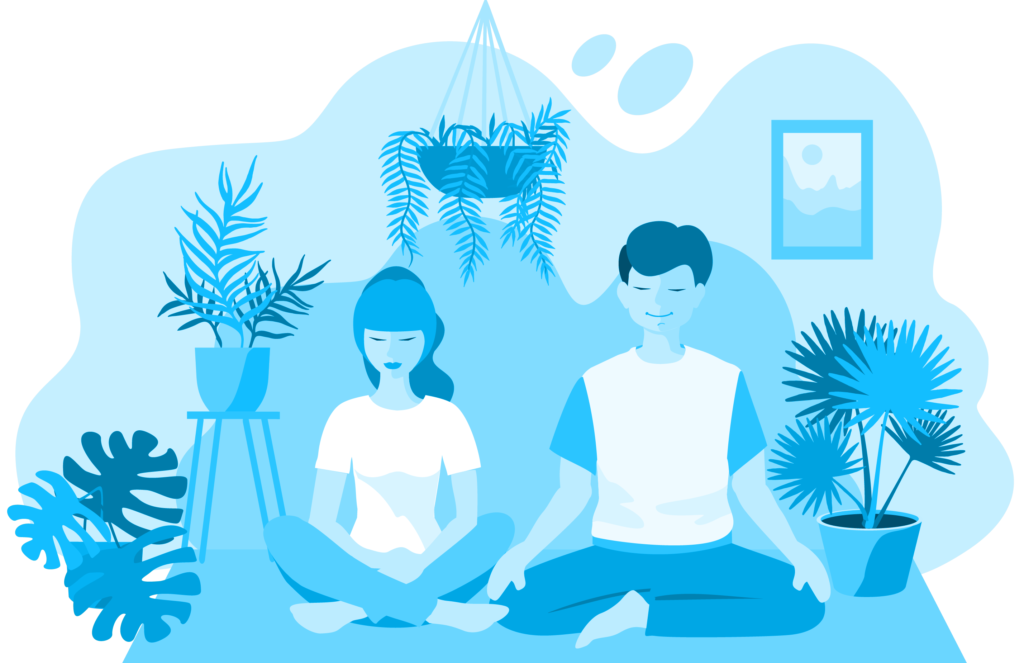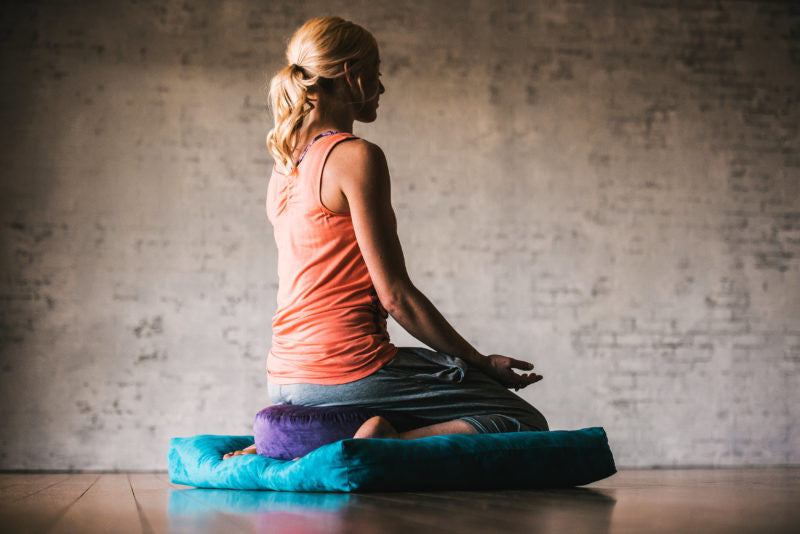How to Meditate? Exploring Various Methods for a Peaceful Mind
How to Meditate? Exploring Various Methods for a Peaceful Mind
Blog Article
Begin Your Journey: Straightforward Actions on Just How to Meditate for Novices
Reflection, typically perceived as an elusive method booked for the skilled, can in fact act as a fundamental device for any individual seeking clearness and calm in their day-to-day live. By recognizing its standard principles and developing a favorable setting, newbies can open the possible advantages of this practice. As you begin to explore the important steps-- such as mastering and locating a suitable space breathing strategies-- you might uncover challenges that can enhance your experience. The trip of reflection holds more depth than one could anticipate, inviting further exploration right into its transformative elements.
Comprehending Meditation Fundamentals
Meditation acts as a powerful tool for boosting psychological quality and emotional health. At its core, reflection is a technique of focused attention and understanding, permitting people to cultivate a much deeper understanding of their ideas and feelings. By participating in this discipline, professionals can accomplish a state of relaxation and mindfulness, which can significantly decrease stress and anxiousness levels.
Comprehending the fundamentals of reflection includes acquainting oneself with various strategies, such as mindfulness, loving-kindness, and transcendental reflection. How to meditate?. Each method has its one-of-a-kind approach, yet all share an usual goal: to promote a feeling of internal peace and self-awareness. Novices need to start with basic practices, such as concentrating on the breath or observing ideas without judgment
Developing a routine reflection regimen, even if only for a couple of minutes each day, can generate significant benefits over time. Inevitably, reflection is not just a getaway from truth; it is a profound trip toward better self-discovery and general psychological health.
Finding Your Ideal Room
Creating a conducive setting for meditation is essential for optimizing its benefits. Your selected area ought to advertise harmony, enabling you to focus inward without interruptions. Begin by selecting a place that feels safe and comfy, whether it be a quiet corner of your home, a yard, or a regional park.
Next, think about the ambiance. Soft illumination can enhance leisure, while natural light can rejuvenate your spirit. Ensure the space is devoid of mess, as a tidy setting fosters a clear mind. Furthermore, incorporating aspects like plants, candles, or relaxing artwork can aid establish a calm ambience.
Audio plays a substantial function in your meditation space. Go for a silent area to decrease interruptions, or make use of soft history music or nature appears if you find silence disturbing (How to meditate?). The temperature should also be comfy; neither also hot neither also chilly, to avoid distraction throughout your method
Finally, individualizing your room with purposeful objects-- such as crystals, photos, or significant quotes-- can develop a much deeper link to your method. By thoughtfully curating your atmosphere, you established the stage for a more profound and reliable meditation experience.
Choosing a Comfortable Position
Discovering the ideal setting for reflection is crucial to preserving focus and convenience throughout your practice. The optimal stance permits both physical security and mental awareness, making it much easier to focus on your reflection goals.
There are a number of settings to consider, each with its own benefits. Sitting cross-legged on the flooring is a popular option, promoting an upright spine and basing your power. If this position is awkward, take into consideration utilizing a padding to raise your hips, which can relieve strain on your knees and back. Alternatively, a chair can supply the essential assistance, allowing your feet to relax flat on the ground, ensuring stability and comfort.
You might also pick to rest if sitting is not suitable for you, yet beware, as this can bring about drowsiness. Whatever position you select, make sure that your body is loosened up yet sharp. Maintain your shoulders back and you could try these out your hands relaxing conveniently on your lap or knees. Eventually, the very best position is one that really feels all-natural to you and allows you to preserve emphasis, promoting a deeper connection with your meditation practice.
Breathing Methods to Start
Starting your reflection experiment efficient breathing methods can significantly enhance your experience. Breath functions as the foundation of meditation, offering a focal point that helps anchor your mind and cultivate mindfulness.
To start, exercise diaphragmatic breathing, which engages the diaphragm and advertises deeper breathing. Sit comfortably, with your back straight, and area one hand on your chest and the various other on your abdomen. Inhale deeply via your nose for a count of 4, guaranteeing that your abdomen increases while your chest stays relatively still. Hold your breath for a matter of 4, then breathe out slowly with your mouth for a matter of six, allowing your abdominal area to fall.
One more useful technique is the 4-7-8 approach. Inhale through your nose for a matter of 4, hold your breath for 7 counts, and exhale gradually through your mouth for 8 counts. This pattern not just soothes the mind yet additionally minimizes stress and anxiety, making it simpler to work out right into your reflection practice.
Experiment with these techniques to locate what resonates best with you, and keep in mind to keep a relaxed position and an open mind as you begin your journey right into meditation.
Tips for Consistency and Development

Producing a welcoming meditation area is additionally important. Choose a peaceful location where you feel comfortable and free from interruptions. Having a devoted area enhances your commitment and motivates you to return continually. Additionally, take into consideration using led meditations or meditation apps, which can supply structure and selection to your sessions.
Start with short periods, slowly increasing the moment as you come to be extra comfy. This incremental approach not only makes meditation less daunting but also allows your practice to expand organically. Tracking your development in a journal can likewise be useful; noting your experiences and sensations after each session can boost self-awareness and motivation.
Last but not least, bear in mind that reflection is an individual journey. Endure on your own and embrace the discovering procedure, comprehending that uniformity and growth are constructed over time.
Conclusion
To conclude, reflection acts as a beneficial practice for promoting mental clearness and emotional health. By understanding the fundamental concepts of read reflection, selecting an ideal space, taking on a comfy posture, and making use of reliable breathing strategies, people can start a satisfying reflection journey. Consistency Our site and steady progression in practice will certainly enhance the overall experience, promoting a deeper link to mindfulness. Inevitably, these fundamental actions can cause considerable personal development and internal peace.
Comprehending the basics of meditation entails acquainting oneself with numerous methods, such as mindfulness, loving-kindness, and copyright. Ultimately, the best setting is one that really feels natural to you and permits you to preserve focus, assisting in a deeper connection with your reflection method.
Developing a routine meditation practice can dramatically boost your mindfulness trip and individual growth. Additionally, think about utilizing led reflections or reflection apps, which can provide framework and selection to your sessions.

Report this page